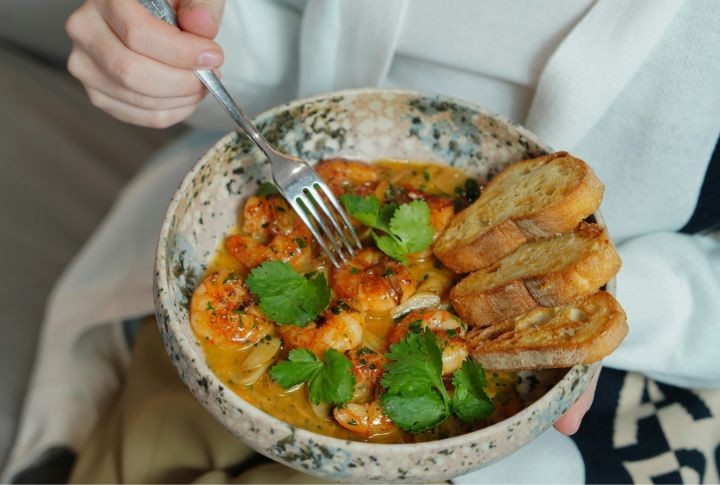
Locals don’t argue about the weather; they argue about what’s on their plate. Every state’s got that one seafood dish people swear by, the one your cousin won’t stop talking about. This list is nostalgic and exactly what folks order when they’re home.
Alabama: Crab-Stuffed Flounder
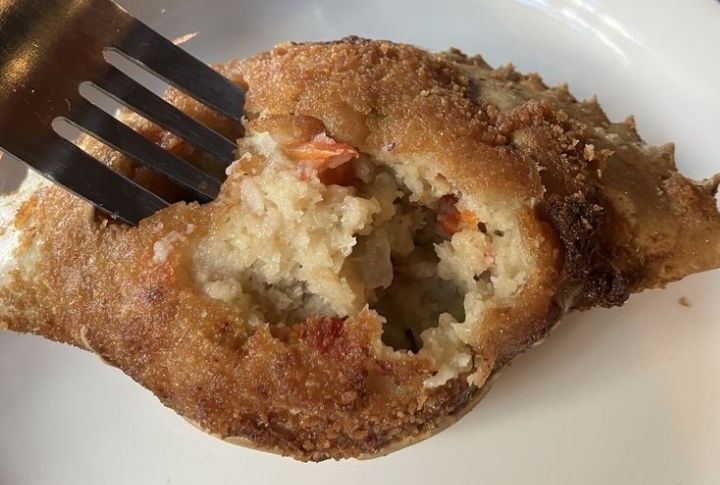
On Alabama’s Gulf Coast, crab-stuffed flounder means you’re settling in for a heavy plate and an unhurried afternoon. The flaky flounder wraps around blue crab meat pulled fresh from the bay. At Felix’s in Mobile, they bake it until golden and unapologetically heavy.
Alaska: King Crab Legs

Caught in the extremely cold waters of the Bering Sea, Alaska’s king crab legs are true giants: thick, briny, and steamed to perfection. They’re steamed gently and cracked open at places like Simon & Seafort’s, where butter is the only extra. There’s no better way to eat crab in this state.
Arizona: Shrimp Tacos

You don’t need an ocean to master shrimp. Arizona proves that in every Sonoran-style taco joint from Phoenix to Tucson. Shrimp are fire-grilled and put into tortillas. The Baja influence is clear, but that smoky chili rub belongs to the desert and nowhere else.
Arkansas: Catfish Stew
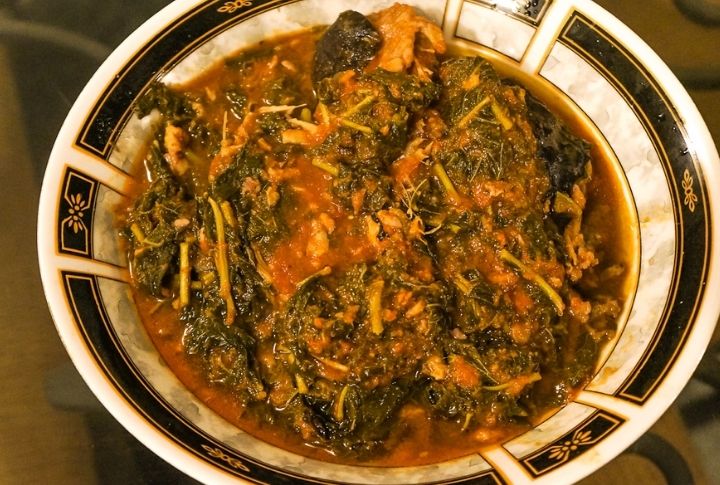
Unlike the crispy fillets served elsewhere, this version features chunks of farm-raised catfish stewed with tomatoes, onions, potatoes, and a generous splash of hot sauce. Catfish stew is a one-pot meal with shareable roots, popular at outdoor gatherings and often cooked over open flames.
California: Cioppino Stew
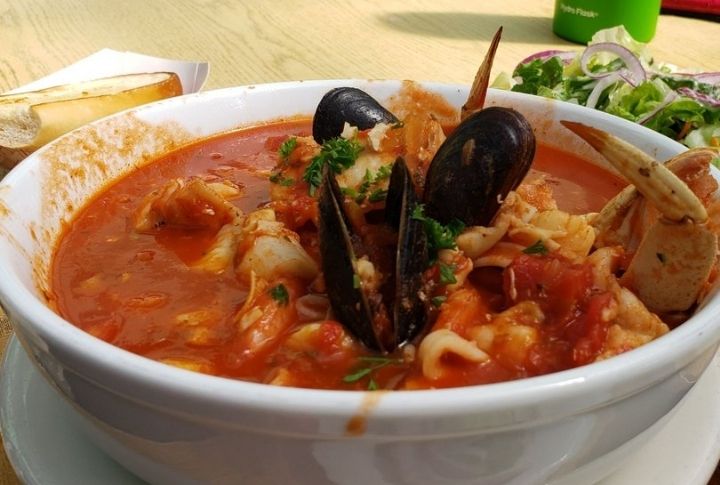
A stormy day on the San Francisco docks in the late 1800s gave birth to cioppino. Italian fishermen pooled their catch into tomato wine broth. Crab, clams, mussels, shrimp, whatever the net gave. It’s still messy and still perfect, especially at Sotto Mare, where the steam fogs your glasses.
Colorado: Trout Almondine
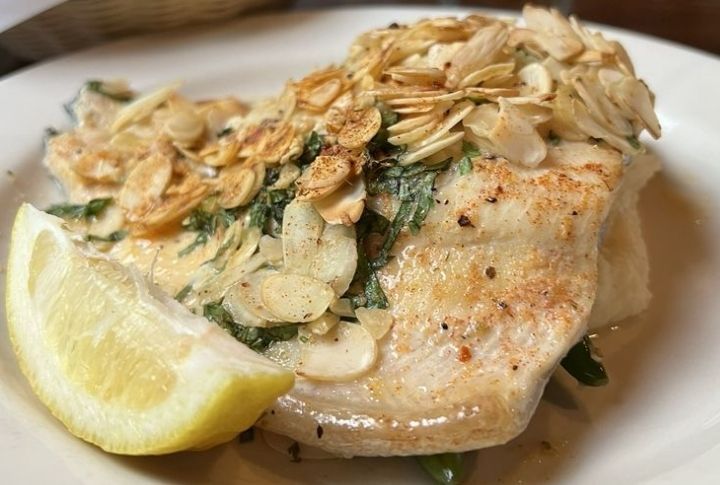
Trouts swim in Colorado’s cold rivers, and anglers bring them straight to the skillet. Pan-fried trout is topped with toasted almonds and browned butter and then served with lemon and wild rice. It feels fancy but tastes familiar, especially in the kitchens situated along the Rockies.
Connecticut: Lobster Roll
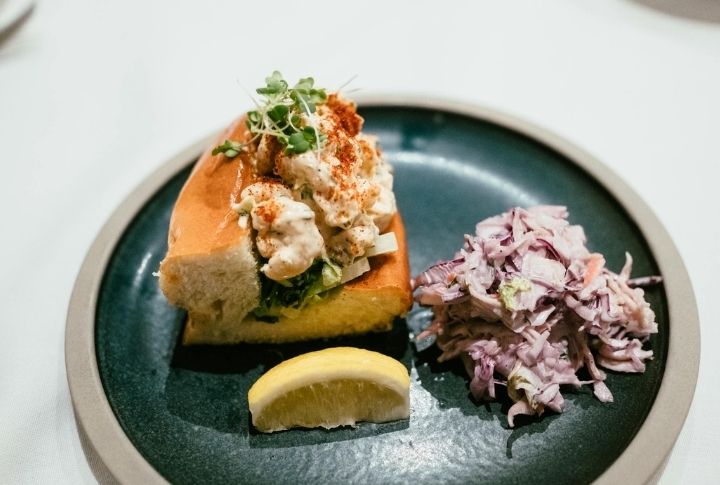
In Connecticut, lobster rolls come soaked in butter and served on a grilled split-top bun. It started in Milford in the 1920s and never needed fixing. The meat stays chunky, and the seasoning stays light. It’s still best eaten near a dock with salt in the air.
Delaware: Blue Crab Dip
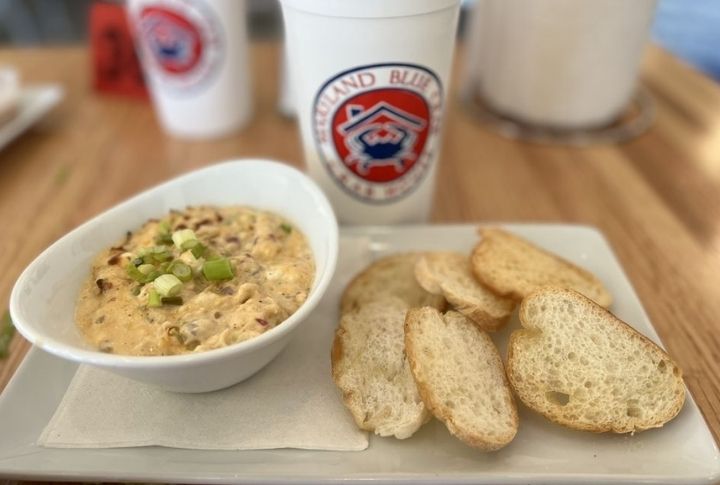
Delaware’s culinary roots lean into the coast, and blue crab dip is a byproduct of proximity and pride. The crab is sweet and local, blended with spice and heat. It’s the anchor at gatherings. Every family tweaks the recipe, but the foundation always starts in the bay.
Florida: Stone Crab Claws
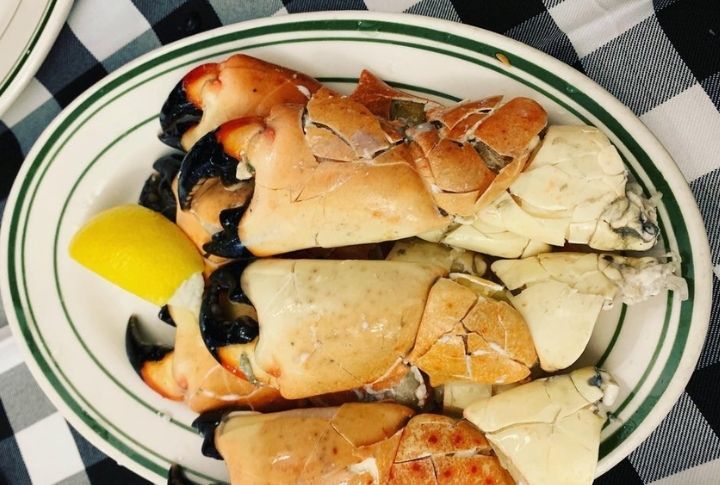
Stone crab season begins in October when traps fill with one of Florida’s most prized delicacies. Only one claw is harvested per crab before it’s returned to the water. The meat is firm and delicately sweet, needing no more than precision cracking and silence between bites.
Georgia: Shrimp And Grits
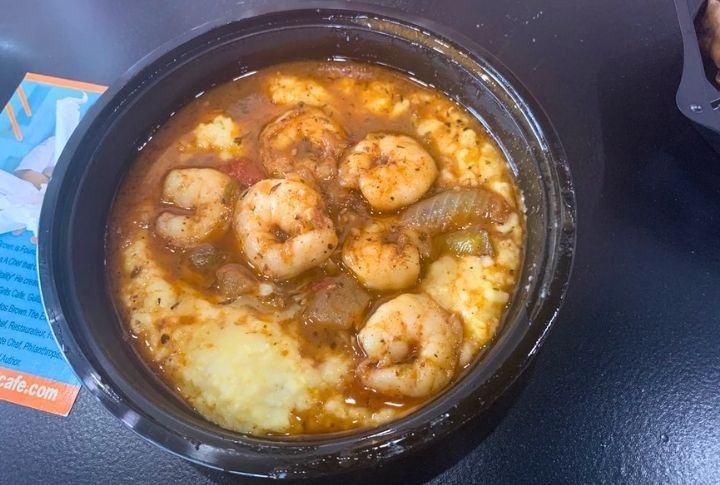
Along the coast, the Gullah-Geechee people turned this fisherman’s breakfast into something layered and lasting. The dish starts with wild-caught shrimp simmered to perfection and creamy stone-ground grits, then takes on new life in Savannah, where chefs add gravy or a dash of local hot sauce to make it their own.
Hawaii: Poke Bowl
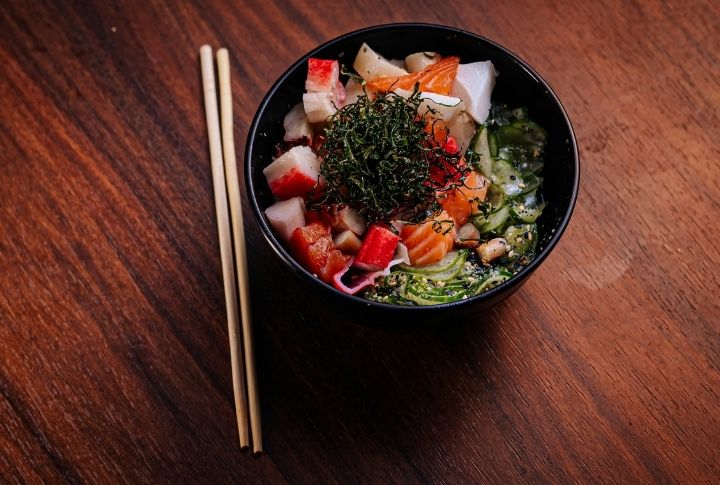
The dish originated among Hawaiian fishermen, who seasoned scraps of freshly caught fish for a quick meal. Over time, poke evolved into a staple of local markets, with countless variations built around tuna and inamona. Today, it remains central to everyday eating across the islands.
Idaho: Pan-Seared Trout
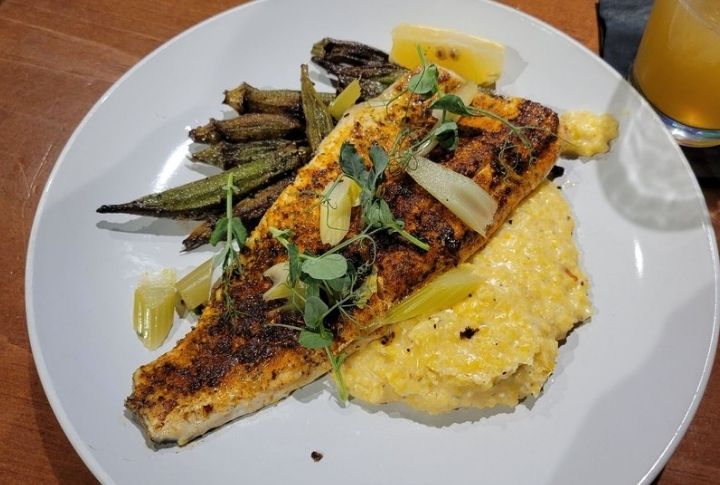
Trout fishing in Idaho is part sport, part ritual. Families line the banks of the Henry’s Fork, pulling in rainbow and cutthroat trout. Pan-searing brings out its natural sweetness, often finished with lemon and thyme. Boise restaurants serve it crisp-skinned with mountain views and a cold local cider.
Illinois: Garlic Butter Walleye
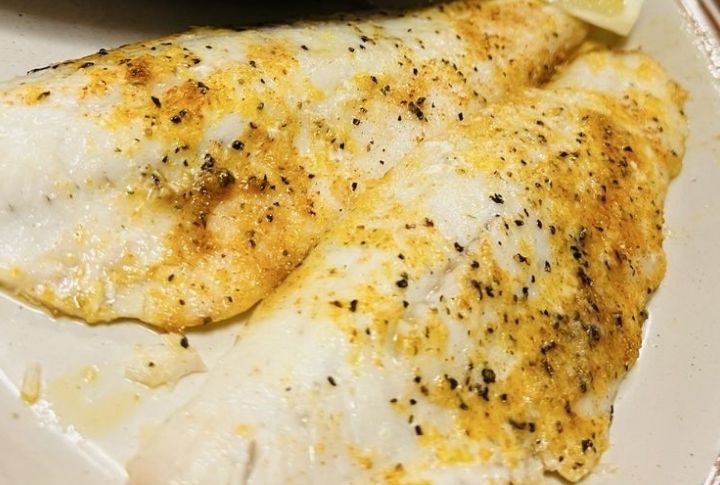
Drive far enough north, and you’ll hit a supper club where walleye fillets sizzle in garlic butter. Illinois isn’t known for seafood, but inland lakes and access to Lake Michigan make walleye a quiet staple. It’s often served pan-fried with light seasoning and a generous finish of garlic butter.
Indiana: Hoosier Fish Sandwich
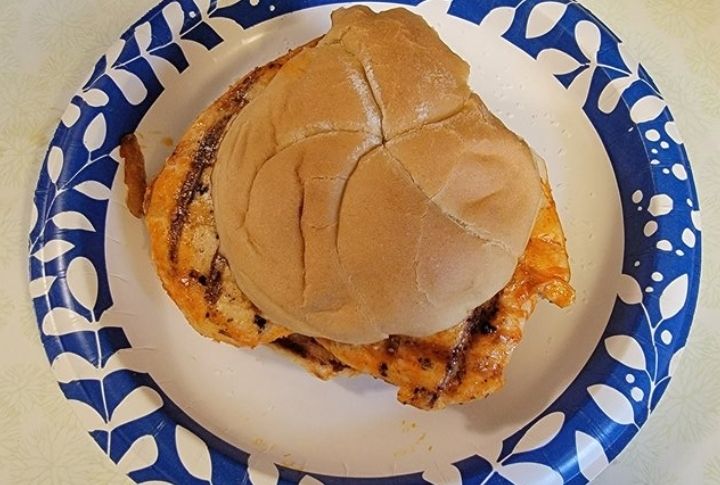
No one talks about Indiana’s fish sandwich, but they should. You’ll find it at church picnics and roadside diners. A hefty filet is fried and stacked on a bun with tartar and pickles. It’s nostalgic and surprisingly sacred during Friday fish fry season.
Iowa: Walleye Fish Fry
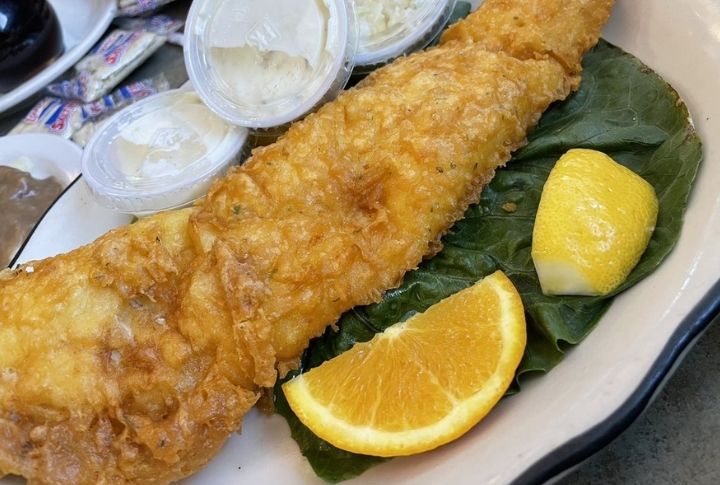
In Iowa, walleye is a community event. Served at VFW halls, church basements, and firehouse fundraisers, it’s usually fried golden and paired with coleslaw and white bread. Caught in Iowa’s freshwater lakes and rivers, walleye anchors fish fries well beyond Lent season.
Kansas: Fried Shrimp Po’boy
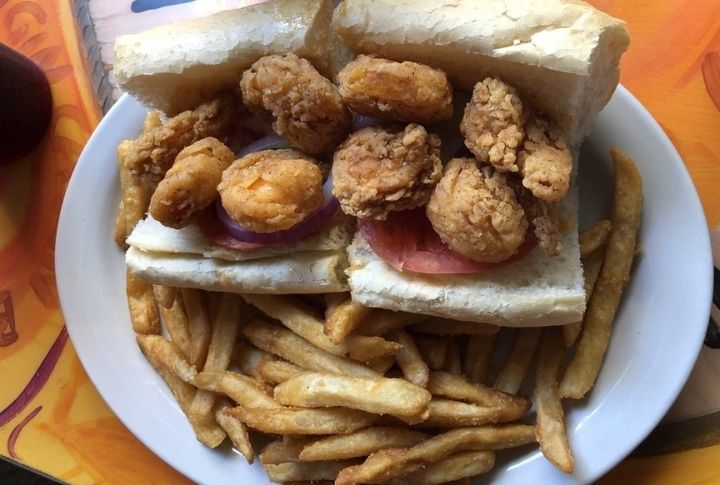
Seafood in Kansas? Absolutely. Cajun spots around Wichita and Kansas City plate po’boys that rival Louisiana’s. Fried shrimp piled into crusty French bread with lettuce and remoulade bring Gulf flavors to the prairie. It’s proof that regional dishes can thrive far from the coast.
Kentucky: Turtle Soup
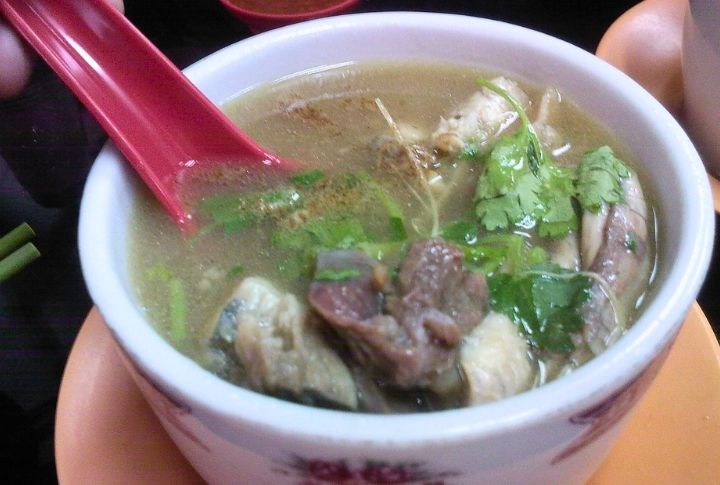
Found on menus at historic spots like Louisville’s Pendennis Club and The Brown Hotel, this soup blends snapping turtle meat with tomatoes and hard-boiled eggs. Once a high-society delicacy and now a regional holdout, turtle soup reflects the state’s roots in riverbank cooking and formal Southern fare.
Louisiana: Crawfish Boil
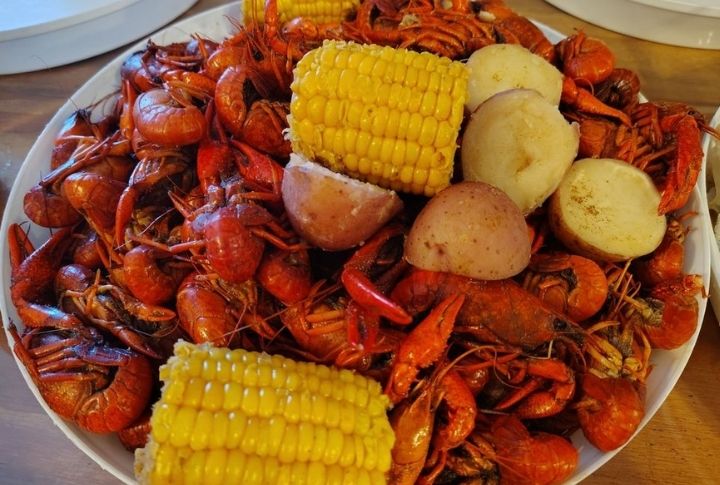
Boiling crawfish is a social event. In Louisiana, it means newspaper-covered tables and cold drinks nearby. Crawfish simmer with potatoes and sausage, then get dumped out for everyone to share. This hands-on ritual traces back to Cajun and Creole communities, especially in southwest Louisiana.
Maine: Steamed Lobster
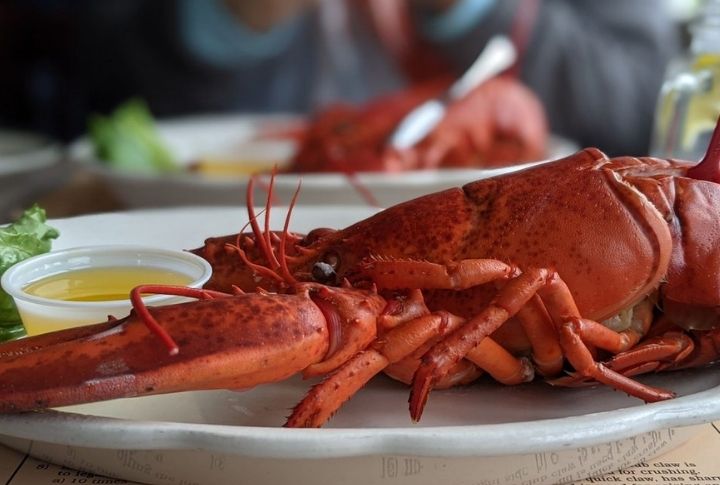
Lobster boats leave before sunrise in towns like Rockland and Bar Harbor, hauling traps filled with cold-water lobsters. The catch is steamed whole, often served with drawn butter at casual seaside spots. In Maine, it’s a summer ritual built around the tides.
Maryland: Crab Cakes
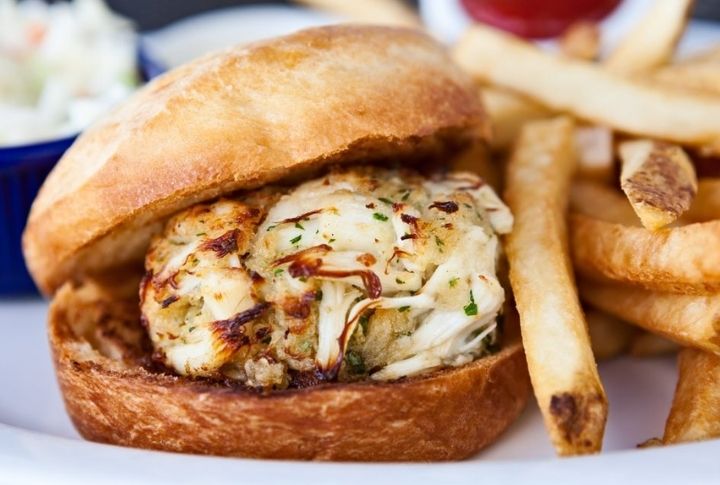
Maryland crab cakes keep it simple. Just lump blue crab, lightly bound and seared in the pan until the edges turn crisp. Chesapeake Bay supplies the meat. Locals debate Old Bay and side pairings, but there’s one rule that sticks: the crab should always come through first.
Massachusetts: Clam Chowder
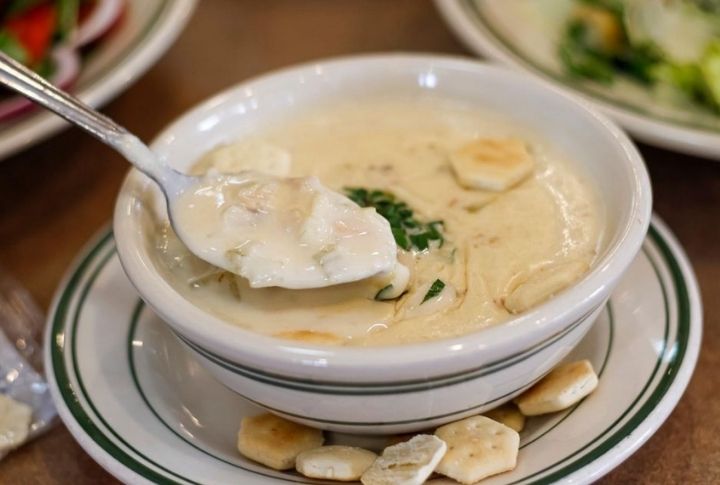
The clam chowder here is a memory. Thick and loaded with chopped clams and salt pork, it warms up cold Boston nights and ferry rides alike. At Union Oyster House, it arrives with crackers and tradition. Locals don’t call it “New England” chowder. They just call it chowder.
Michigan: Great Lakes Whitefish
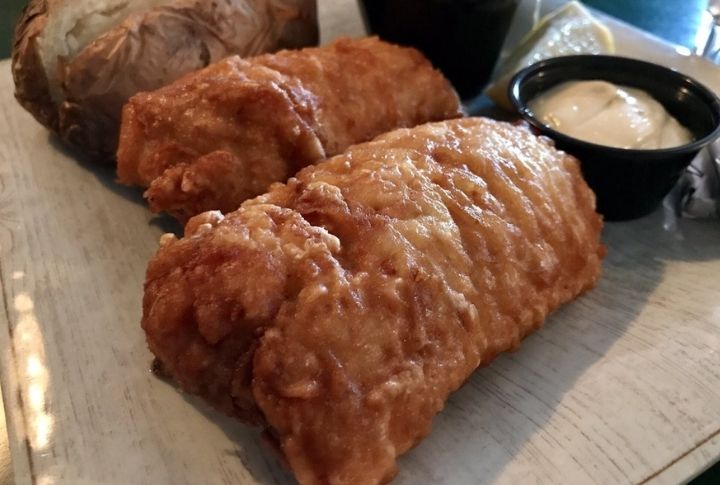
Every summer, the smell of whitefish smoking over cherry wood fills the northern Michigan air. Caught fresh from Lake Superior or Lake Michigan, this fish feeds campsites and fine dining tables. The meat is mild and flaky. Fishermen serve it smoked or baked.
Minnesota: Walleye Pike Platter
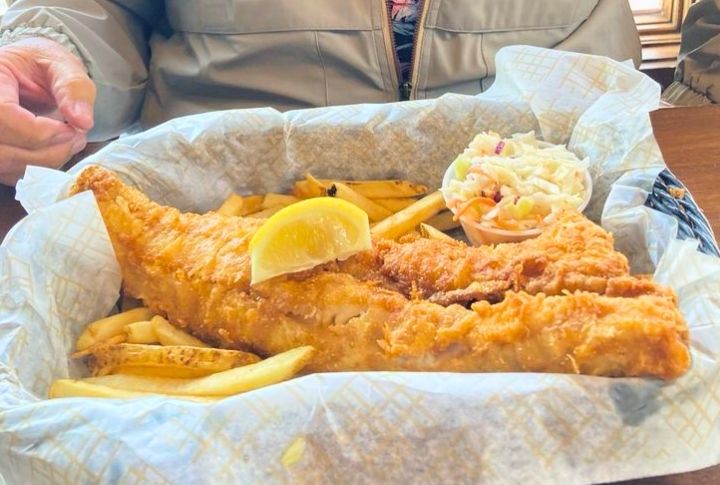
On Minnesota’s 10,000 lakes, walleye is more than the state fish. Ice fishers swear it tastes better in winter. This dish is served in Grand Marais fish shacks throughout the day, often as a simple plate with tartar sauce and golden fries.
Mississippi: Fried Catfish Dinner
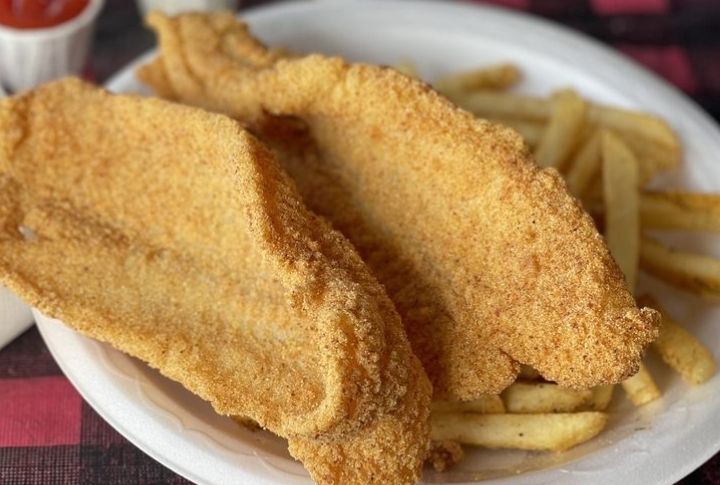
Fried catfish in Mississippi is a given. Raised in Delta ponds and fried in cast iron, it arrives golden and seasoned with secrets passed down through church cookbooks. At The Old Country Store in Lorman, the hushpuppies are hot, and nobody leaves hungry.
Missouri: Baked Trout Fillet
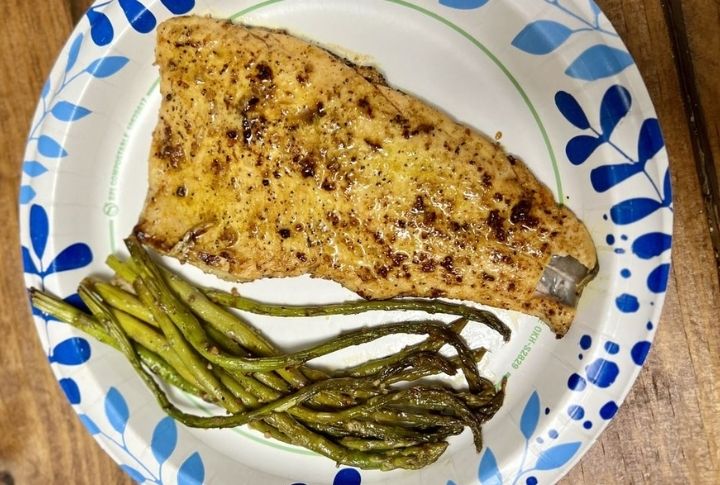
Missouri’s spring-fed streams are known for trout fishing, especially in places like Roaring River State Park. The catch is often prepared whole or filleted, then baked with minimal seasoning. In Ozark kitchens, simplicity is the rule: salt, pepper, lemon, and nothing more.
Montana: Trout Meuniere
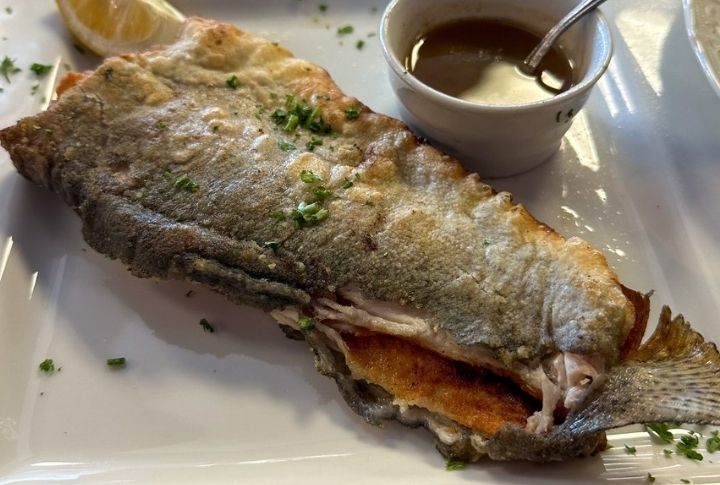
Montana’s rivers run cold and fast, ideal for wild trout that thrive in alpine-fed waters. Meuniere brings a French touch with flour-dusted fish, browned butter, lemon, and parsley. At Chico Hot Springs or Missoula bistros, this dish blends Montana’s rugged catch with old-school finesse. It’s clean and deeply local.
Nebraska: Grilled Catfish Skillet
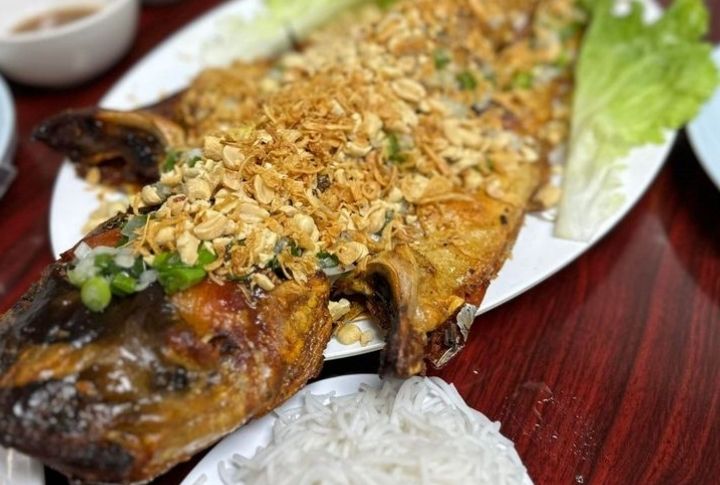
Nebraska isn’t coastal, but catfish finds a way. At campgrounds and lakeside bars, it shows up grilled and cast-iron-seared. Seasoned with cayenne or lemon pepper, the fish stays moist and smoky. Locals pair it with baked beans or cornbread.
Nevada: Coconut Shrimp Platter
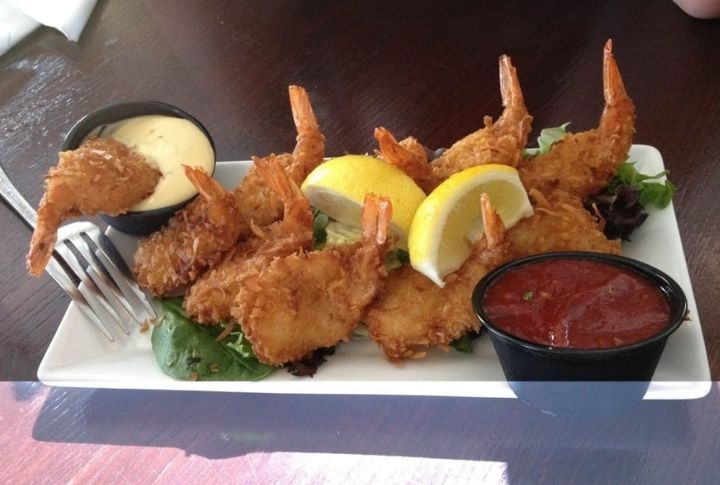
What Nevada lacks in coastline, it makes up for in flair. In Vegas, coconut shrimp is flashy and sweet. The crust crunches, and the dip is spicy mango. You’ll find it in steakhouses and buffets alike, stacked high. It’s not regional in origin, but it’s fully owned by the state’s style.
New Hampshire: Baked Haddock
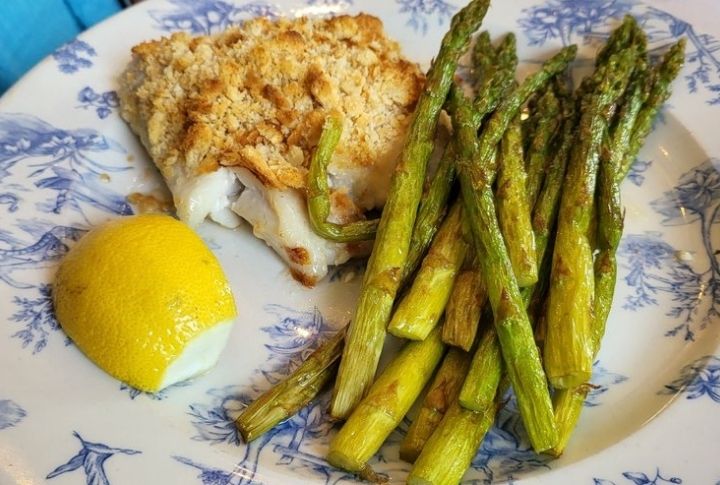
In Portsmouth and beyond, baked haddock lands on dinner tables the way it has for decades. Locals top it with buttery Ritz cracker crumbs and lemon before sliding it into the oven. The result is tender, flaky fish with a salty crunch. It’s as New England as it gets.
New Jersey: Baked Clams
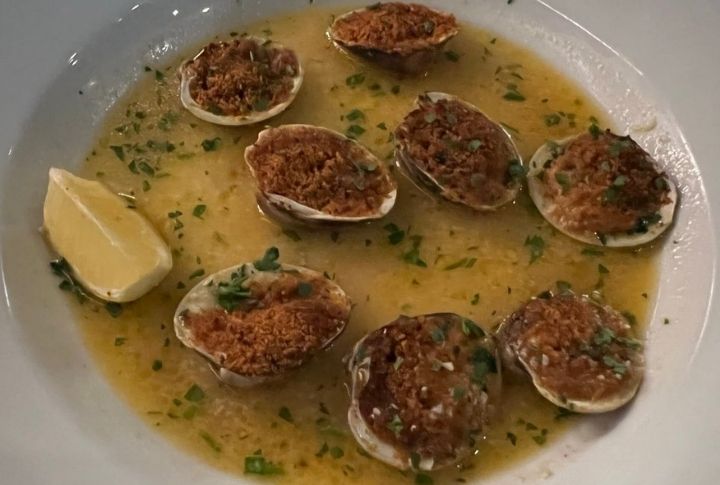
Jersey Shore boardwalks buzz, but some of the best things happen quietly inside old Italian restaurants. Baked clams come dressed in breadcrumbs, garlic, parsley, and sometimes a squeeze of lemon. The dish reflects the state’s strong Italian-American influence, especially in communities from Hoboken to Asbury Park.
New Mexico: Spicy Shrimp Tacos

At roadside taquerias in Santa Fe and Albuquerque, shrimp meets chili with a purpose. Hatch green chile and grilled shrimp are stacked inside soft tortillas. These are desert-born and heat-driven, shaped by New Mexico’s spice-forward culture. Many versions include lime crema or slaw to balance the region’s signature heat.
New York: Manhattan Chowder

New York had to be different. So when everyone else went creamy with clams, this city simmered them in a tomato-based broth. Manhattan chowder is chunky and red. It first appeared in the 1800s, and it’s still served in diners without any fuss.
North Carolina: Calabash Shrimp

Up in the small fishing town of Calabash, they fry shrimp like it’s an art form. Lightly breaded and served in paper boats, this style made its way down the Carolina coast. Locals call it seafood done right. It’s crunchy and best eaten in handfuls.
North Dakota: Lemon Butter Walleye
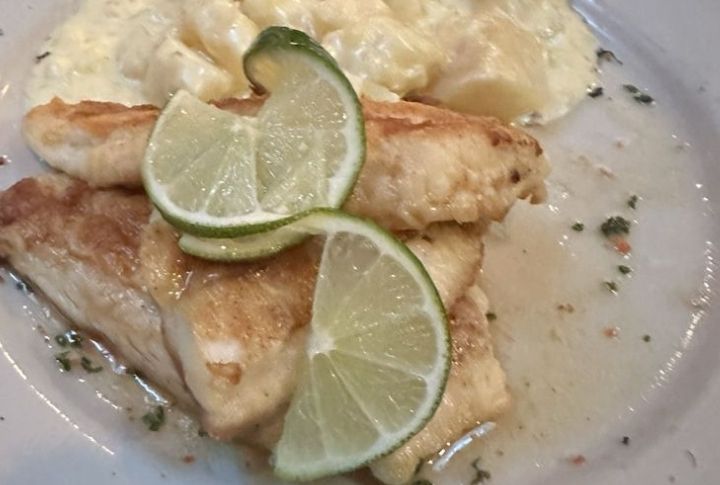
In North Dakota’s prairie lakes, walleye is the top catch. You’ll find it in supper clubs or home kitchens, usually pan-fried and finished with lemon butter. The recipe is short, but the flavor isn’t. Walleye is a fixture of community fish fries, especially during winter months.
Ohio: Lake Erie Perch
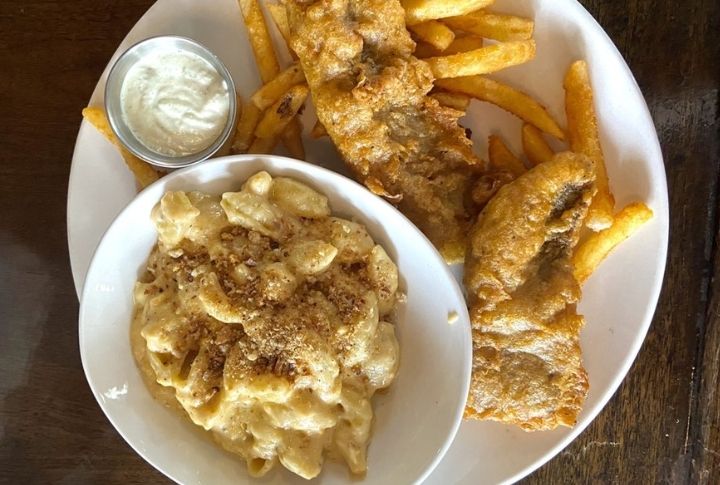
Along the Lake Erie shore, perch is the hometown favorite. The fillets are small and usually beer-battered before hitting the fryer. Port Clinton holds fish fries that draw lines around the block. Yellow perch is abundant in Lake Erie and has long supported both the local economy and culinary tradition.
Oklahoma: Cajun Catfish Po’boy
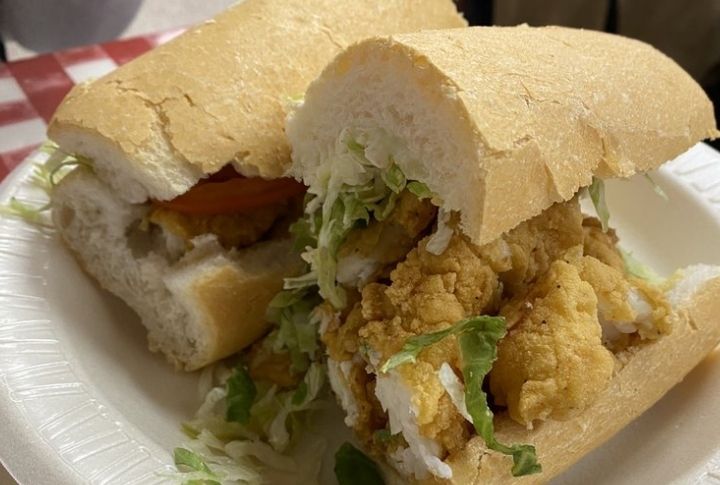
The Gulf Coast is hundreds of miles away, but in Oklahoma, the catfish po’boy feels close. Cajun restaurants across the state serve it stuffed with crispy catfish and lettuce. Though the fish comes from nearby farms, the seasoning and spirit trace straight back to Louisiana roots.
Oregon: Grilled Oysters
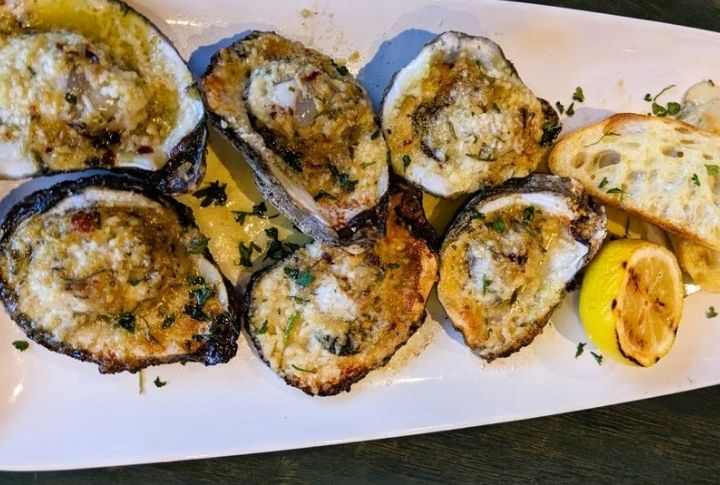
On Oregon’s coast, oysters come straight from the bay to the grill. They’re served with garlic butter or just cracked open over fire. At Netarts Bay and Tillamook, the air smells briny and rich. This isn’t a raw bar scene. It’s backyard grilling, Pacific Northwest style.
Pennsylvania: Crab-Stuffed Mushrooms

Crab-stuffed mushrooms are a long-standing favorite in Italian-American kitchens and banquet halls. Though not a coastal invention, the dish has become a go-to appetizer in bars and restaurants across Philadelphia and Pittsburgh. The crab is often imported, but the recipe reflects the state’s fondness for shareable starters with East Coast influence.
Rhode Island: Stuffed Quahogs
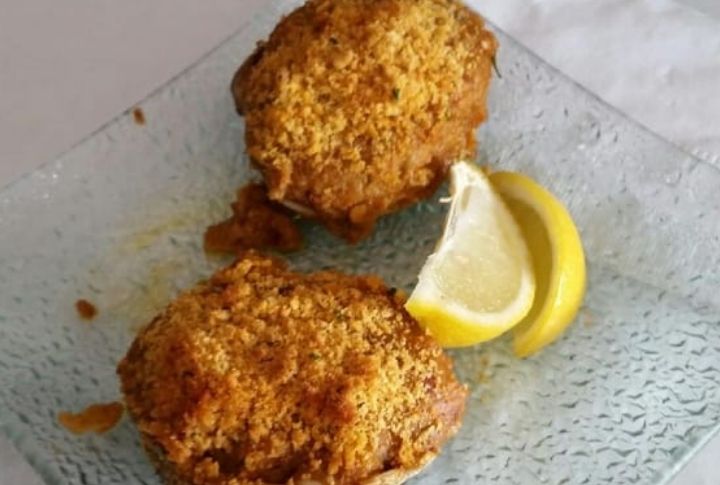
Locals call them stuffies. They start with hard-shell quahogs, chopped and mixed with breadcrumbs, sausage, onion, and herbs, then baked right in the shell. Portuguese influence shows up strong here. Most grocery stores even sell them frozen. That’s how Rhode Islanders stay stocked.
South Carolina: Frogmore Stew
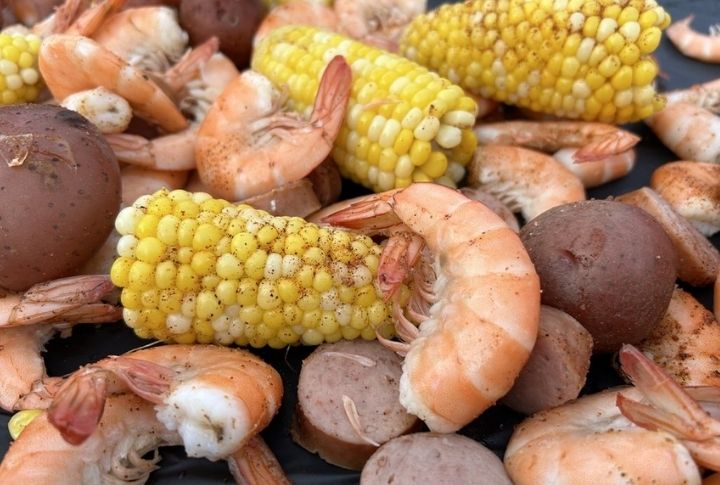
There’s no frog, and it’s hardly a stew. Frogmore Stew brings together shrimp and other ingredients in one massive pot. Once boiled, it’s drained and poured straight onto a newspaper for communal eating. Rooted in Gullah-Geechee traditions and coastal resourcefulness, the dish remains a hallmark of South Carolina’s barrier islands.
South Dakota: Smoked Trout
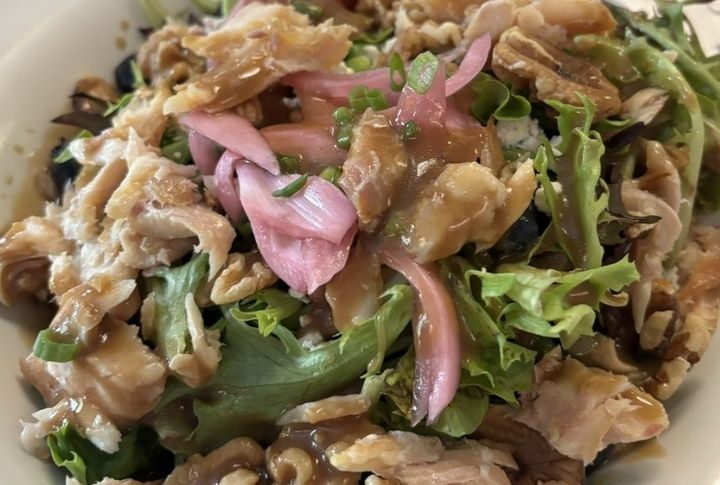
In the Black Hills and surrounding lakes, rainbow trout is often caught fresh and smoked over hardwood. The process preserves the fish while enhancing its mild flavor with rich, earthy undertones. Smoked trout is served chilled with crackers or flaked into spreads and salads.
Tennessee: Blackened Catfish Plate
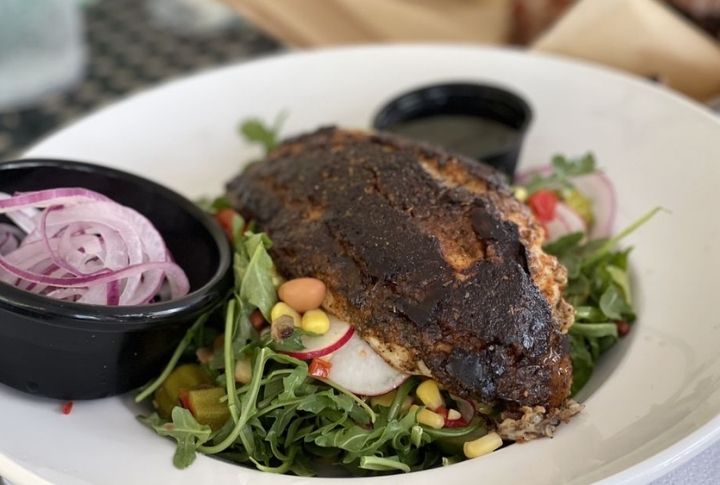
Nashville kitchens crank up cast-iron pans until they smoke, blackening catfish in a bold blend of spices while keeping the inside tender and buttery. Paired with dirty rice or slow-cooked greens, this bold dish brings together Deep South comfort and Cajun heat in a way Tennessee quietly treasures.
Texas: Blackened Redfish
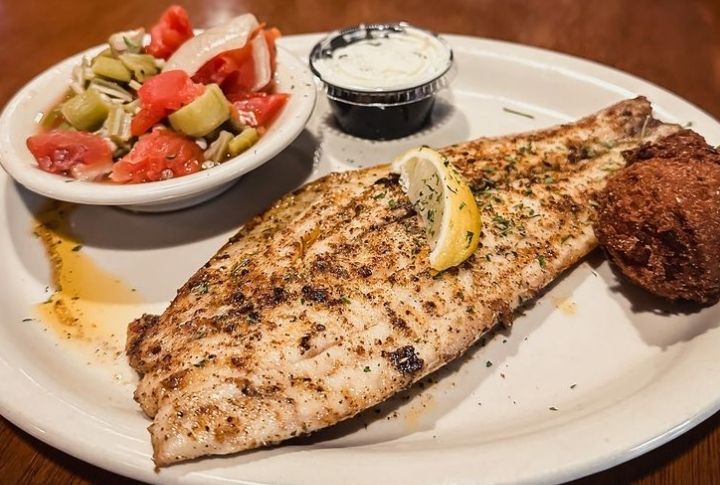
Gulf waters give Texas its redfish, but the flavor comes from fire. Blackened redfish was born in Louisiana but thrives here, too, especially along the coast. The spice blend sizzles, and locals pair it with rice or beans. It’s flat-out delicious.
Utah: Trout Tacos
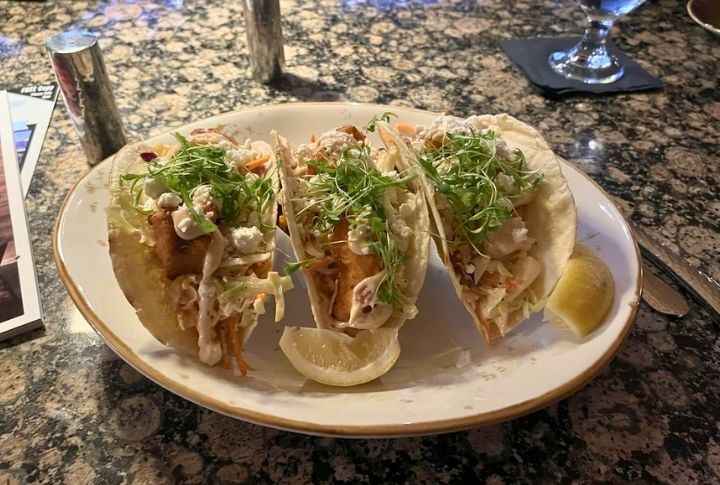
High-altitude lakes in Utah keep trout on the menu year-round. In Park City or Moab, chefs swap sea bass for mountain trout and put them into tacos with local greens and spicy crema. This dish is part campfire, part street food, and fully suited to the state’s outdoor soul.
Vermont: Maple-Glazed Trout
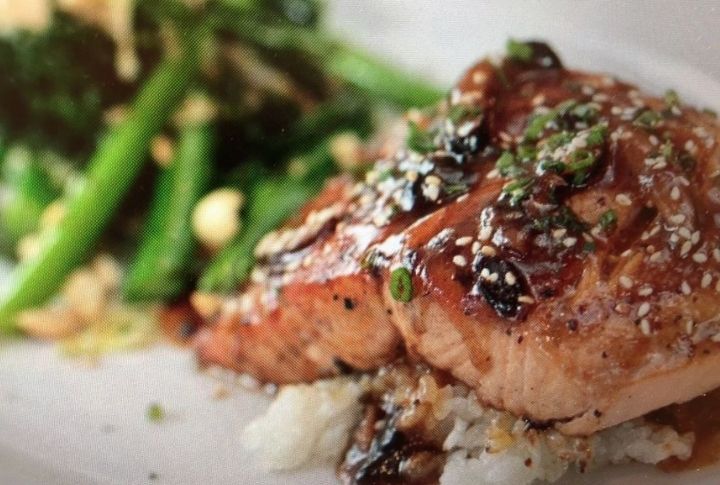
In Vermont, trout meets syrup. It’s a strange pairing until it hits the pan. Maple glaze caramelizes over the fish while butter keeps the edges crisp. At lodge dinners and small-town cafes, it feels like fall on a plate. The trout’s local, and the maple’s tapped nearby; nothing’s wasted.
Virginia: She-Crab Soup
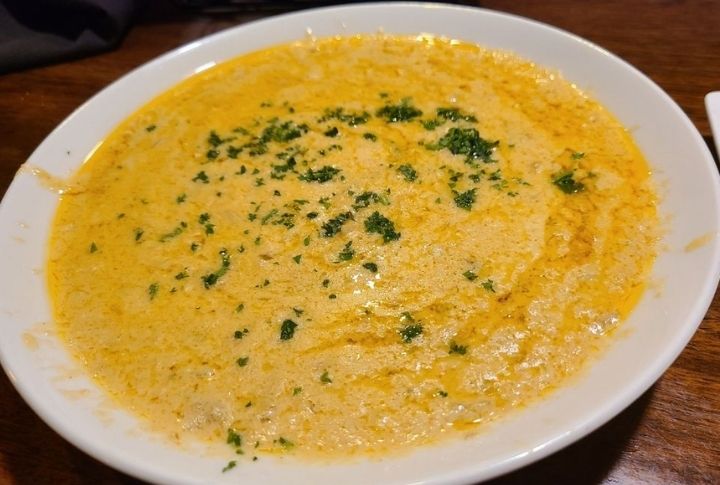
She-crab soup holds a place between elegance and comfort. Creamy and orange-hued, it’s packed with crabmeat and thickened just enough to coat a spoon. The soup traces back to Charleston but found lasting popularity in Norfolk, where it’s now a signature dish of Virginia’s coastal cuisine.
Washington: Dungeness Crab Feast
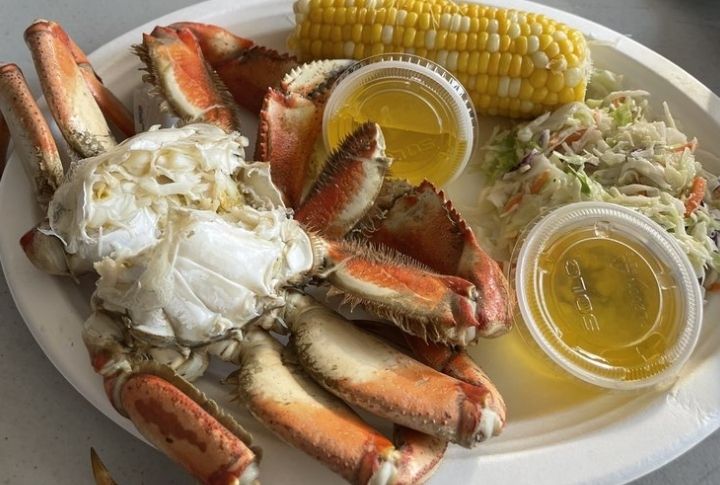
You don’t rush Dungeness crab. Caught along the Pacific, it’s steamed whole and dipped in drawn butter. In Port Angeles, all festivals celebrate it. The meat is sweet and worth the work. It’s a dish that invites gathering, where cracking shells and passing napkins become part of the experience.
West Virginia: Rainbow Trout Platter
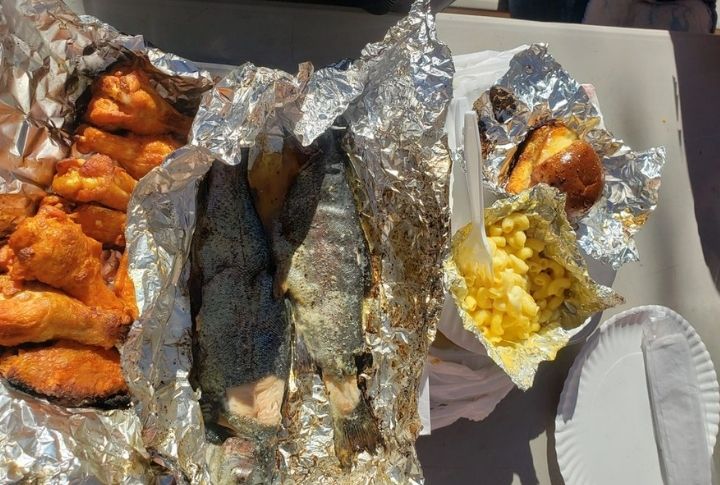
Mountain streams feed into trout-filled rivers and West Virginia reels in rainbow trout with pride. Most diners serve it pan-fried with lemon and herbs, sometimes wrapped in bacon or foil-baked at campgrounds. The preparation reflects the state’s outdoor culture: rustic and tied to place.
Wisconsin: Beer-Battered Perch
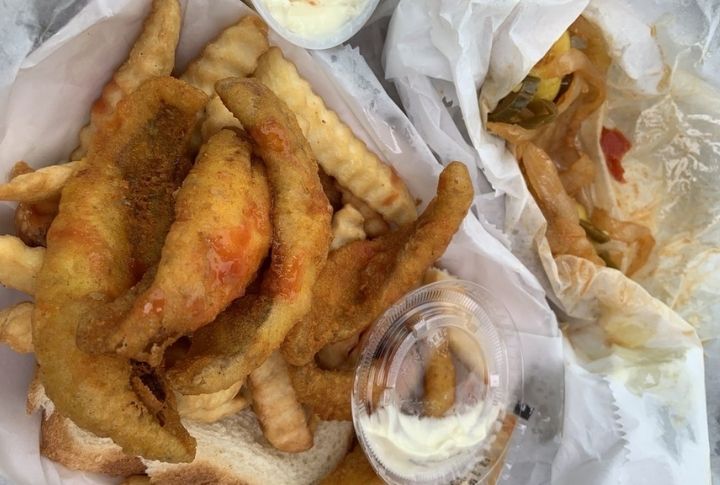
Friday night in Wisconsin means fish fry. In taverns and supper clubs, perch is battered in beer before frying and dropped next to slaw and rye bread. Lake Michigan and Lake Winnebago provide the perch. Old Style or Spotted Cow handles the rest.
Wyoming: Trout With Lemon Butter
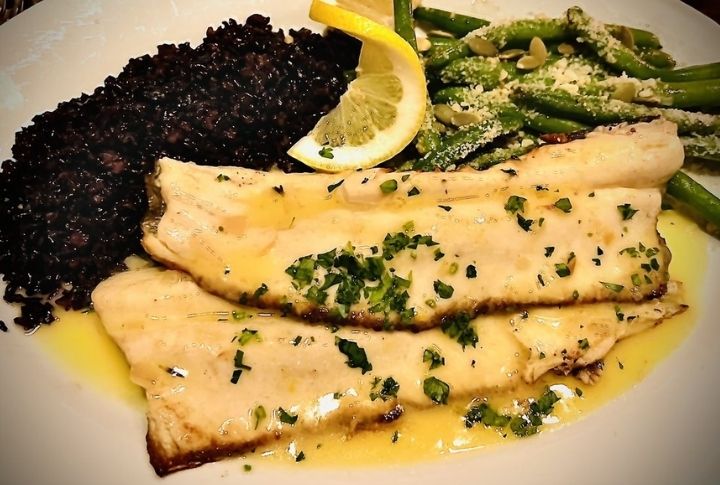
Wyoming’s alpine lakes hide some of the best trout in the West. Cooked over a campfire, it takes on a smoky flavor that pairs perfectly with lemon butter. No garnish needed—just fresh fish and the peace found above 7,000 feet, where nature adds the finishing touch.
Leave a comment